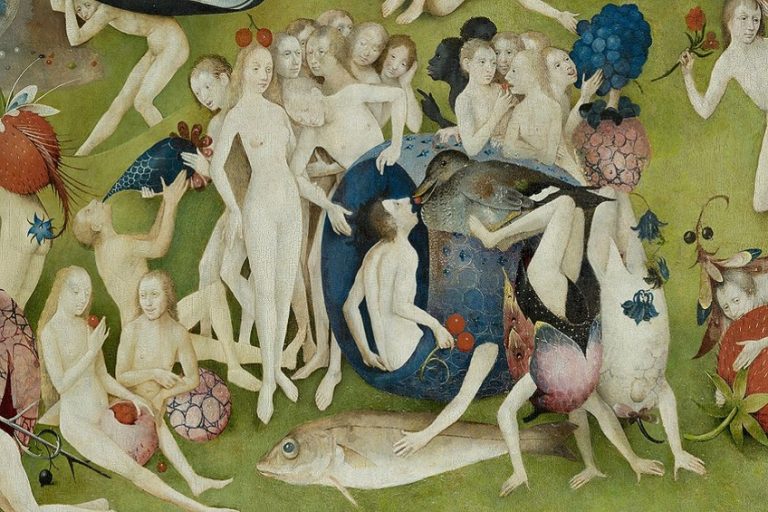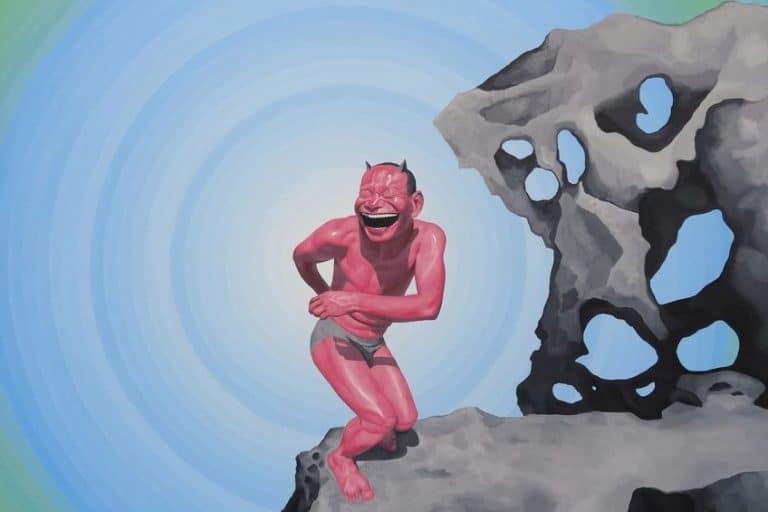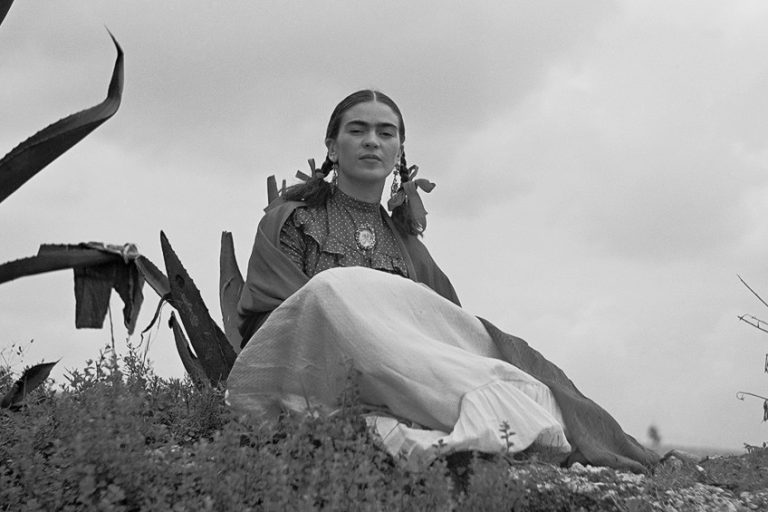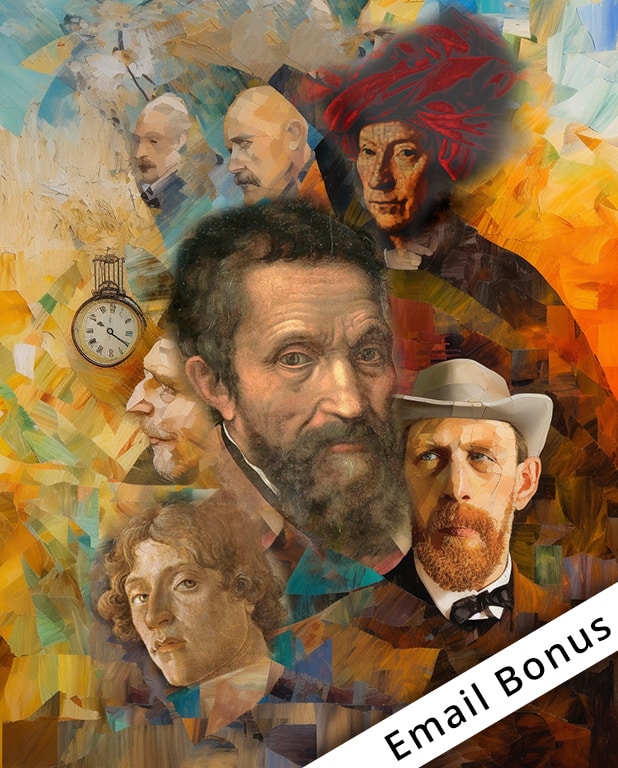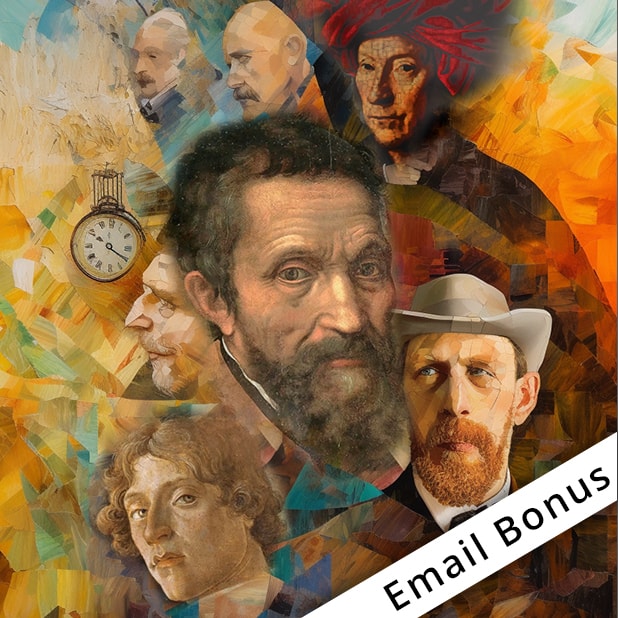Emily Kame Kngwarreye – Famous Aboriginal Australian Artist
Emily Kame Kngwarreye was an influential Aboriginal Australian artist, celebrated for her dynamic and abstract depictions of the natural world and traditional Indigenous culture. Born in the remote Utopia community in the Northern Territory, Kngwarreye began her artistic career late in life, around the age of 80. Despite this late start, she quickly gained international acclaim for her vibrant paintings that often reflected the spiritual and environmental landscape of her ancestral lands. Her work, characterized by bold use of color, intricate patterns, and a deep connection to her cultural heritage, has been exhibited worldwide, establishing her as one of Australia’s most significant contemporary artists. Kngwarreye’s legacy continues to inspire and influence both Indigenous and non-Indigenous artists, highlighting the rich cultural tapestry of Aboriginal Australia.
Key Takeaways
- Emily Kame Kngwarreye is a prominent Aboriginal artist from Central Australia.
- Her art reflects the traditions and spiritual depth of the Anmatyerre community.
- She achieved international acclaim for her unique and powerful paintings.
Early Life and Background
| Birth | 1910 |
|---|---|
| Death | September 3, 1996 |
| Place of Birth | Alhalkere, Northern Territory, Australia |
| Genre of Work | Indigenous Australian art and Abstract art |
Emily Kame Kngwarreye stands as one of Australia’s most prominent and influential Aboriginal artists. Beginning her artistic journey late in life, she rapidly rose to fame with her unique and powerful depictions of her cultural heritage and connection to the land. Her vibrant paintings reflect the rich traditions and spiritual depth of the Anmatyerre community, capturing the organic energies of her desert homeland in Central Australia.

Kngwarreye’s work not only gained critical acclaim in Australia but also achieved international recognition, transcending cultural boundaries with its universal appeal. Her pieces are rich in symbolism and embedded with the stories and folklore of her Indigenous heritage, offering a window into the profound relationship between the Anmatyerre people and their environment. In a matter of years, Kngwarreye’s art evolved from traditional batik creations to large-scale canvas masterpieces, each telling a story of ancestral ties and natural beauty.
Through numerous exhibitions, her contributions to contemporary art have solidified her legacy as a key figure in the global artistic landscape. Emily Kame Kngwarreye’s oeuvre not only enriches the tapestry of Australian art but also provides a significant cultural narrative that continues to inspire and educate. Her transformative journey from cultural custodian to celebrated artist remains a testament to the enduring power of Indigenous art.
Early Training
Emily Kame Kngwarreye was born around 1910 in the Utopia community, located in the Northern Territory of Australia. Her early artistic training began with traditional Aboriginal crafts. She was particularly skilled in the art of body painting and ceremonial design, practiced among the Anmatyerre people.
These early experiences laid the foundation for her understanding of color, form, and pattern, which she later adapted to new mediums.
Anmatyerre Heritage and Utopia Community
Kngwarreye belonged to the Anmatyerre language group and grew up deeply connected to the land at Alhalkere, a part of the Utopia community. Her heritage and the spiritual significance of her country profoundly influenced her art. The Utopia community, known for its strong cultural traditions, provided a rich environment that nurtured her talents. The region’s isolation also helped preserve traditional practices, which she beautifully reflected in her work.
From Batik to Canvas
Emily first gained recognition through her involvement with the Utopia Women’s Batik Group in the late 1970s. This collective focused on producing fabric art using the batik technique, where artists draw patterns on fabric with wax before dyeing it. Her intricate designs and mastery over batik’s detailed process earned her early acclaim. It wasn’t until the late 1980s, in her seventies, that she transitioned to acrylic painting on canvas, rapidly achieving international success.

Mature Period
After shifting from batik to painting, Kngwarreye’s mature period was marked by prolific output and critical acclaim. Her canvases, featuring abstract designs and vibrant colors, often referenced the ceremonial motifs and landscapes of Alhalkere. Despite starting her painting career late, she quickly became a central figure in the Indigenous Australian art scene. Her works, such as Earth’s Creation, showcased her ability to convey the dynamic natural world through abstract forms.
Later Period and Death
During the later years of her life, Emily’s work continued to evolve, displaying a profound simplicity and confidence. Her health began to decline in the mid-1990s, but she remained active, producing some of her most iconic pieces during this time. Kngwarreye passed away on September 3, 1996.
She left behind a rich legacy that celebrates her Anmatyerre heritage and innovative artistic vision, making her one of the most influential Indigenous artists in Australian history.
Artistic Style and Techniques
Emily Kame Kngwarreye’s work is celebrated for its bold use of color and pattern, reflecting her deep connection to the land and her cultural heritage. Her artistic evolution shows a seamless blend of traditional Aboriginal motifs with modern painting techniques.

Artistic Accomplishments
Emily Kame Kngwarreye emerged as a prominent artist in her seventies, redefining the boundaries of Aboriginal Australian art. Despite beginning her career later in life, she produced a prolific body of work. Her pieces often drew comparisons to the Abstract Expressionists like Willem de Kooning and Jackson Pollock. Notable works include Earth’s Creation, which used vast and vibrant fields of color that showcased her painterly skills on canvas.
The Emergence of a Unique Form
Kngwarreye developed a distinctive style characterized by the use of dots and large patches of vivid colors. These elements were not merely decorative but carried significant cultural meanings connected to her heritage.
As she progressed, her technique evolved to include sweeping brushstrokes and intricate patterns, marking a shift from her earlier dense dot paintings to more fluid and expressive forms.
Symbols, Patterns, and Color Use
Symbols and patterns in Kngwarreye’s work often reflect the flora and fauna of her ancestral land. The dots, a recurrent feature in her art, varied in size and were layered to create depth and texture. Color played a critical role, with bold and contrasting palettes that conveyed the natural beauty and spiritual significance of her subjects. The overlaying patterns symbolized connections to the Dreaming and represented stories passed down through generations.
Awelye and Dreaming: Cultural Significance
Kngwarreye’s paintings were deeply rooted in the Aboriginal traditions of Awelye and Dreaming. Awelye, a ceremonial practice, inspired many of her works. These ceremonies, often performed by women, are essential for the transmission of cultural knowledge and connection to the land. Dreaming encompasses the spiritual beliefs of the Aboriginal people and is a recurrent theme in her art, embedding stories and ancestral lore within her visual representations. Through her work, she expressed the profound spiritual connection she shared with her land and community.
Major Works and Exhibitions
Emily Kame Kngwarreye achieved acclaim with her vibrant and expressive artworks, which resonated both nationally and internationally. Significant exhibitions highlighted her contributions, showcasing her work from early batik pieces to grand canvas paintings.

Alhalkere Suite and Notable Paintings
The Alhalkere Suite is a cornerstone of Kngwarreye’s oeuvre. These works demonstrate her deep connection to her ancestral land, Alhalkere, which is reflected in her use of dots, lines, and bold color palettes. Her paintings, such as Yam Dreaming and Big Yam Dreaming, utilize intricate patterns and conceptual depth to convey cultural narratives. In Sydney and Melbourne, exhibitions often featured these pieces, drawing large audiences and critical acclaim. The Queensland Art Gallery in Brisbane presented a major retrospective in 1998, solidifying her status in the art community.
National and International Recognition
Kngwarreye’s work gained substantial recognition beyond Australian borders. The Alhalkere exhibition toured internationally, including a notable solo exhibition at Amsterdam’s Oude Kerk in 1999. This event marked a significant milestone in her career, exposing her work to European audiences. Domestically, her contributions were celebrated in institutions like the National Gallery of Australia in Canberra and the Araluen Arts Centre in Alice Springs.
The Know My Name initiative by the National Gallery also acknowledged her impact, ensuring her legacy continues to inspire future generations.
Legacy and Impact
Emily Kame Kngwarreye is a key figure in the world of Indigenous Australian art, garnering significant attention from curators and collectors alike. Her influence extends beyond her community, leaving an enduring legacy in contemporary art circles.

Influence on Indigenous Australian Art
Emily Kame Kngwarreye played a transformative role in Indigenous Australian art. She was a foundational member of the Utopia Women’s Batik Group, where her unique vision and abstract interpretations broke away from traditional forms. Her work is renowned for its dynamic use of color and innovative techniques. These elements have inspired a new generation of Indigenous artists, contributing to greater global recognition of Indigenous art.
Auction Records and Collectors
Kngwarreye’s art has fetched high prices at auctions, reflecting her significant impact on collectors. Her painting, Earth’s Creation, sold for over $2 million in 2017, setting a record for an Indigenous Australian artist. Such high auction prices reflect the demand and esteem her work holds globally.
Collectors value her paintings not only for their aesthetic appeal but also for their cultural significance.
Legacy of Emily Kame Kngwarreye
The legacy of Emily Kame Kngwarreye is profound. Her work has been featured in major exhibitions worldwide, including the Venice Biennale. Retrospectives of her work continue to draw substantial audiences, underlining her lasting influence. Her art has reshaped perceptions of Indigenous Australian art, elevating it within the broader context of contemporary art.

Emily Kame Kngwarreye’s artistic journey is a testament to the power of creativity, resilience, and cultural expression. Through her bold and evocative paintings, she not only captured the essence of her ancestral lands but also shared a unique perspective on the interconnectedness of humanity and nature. Kngwarreye’s legacy as a pioneering Aboriginal Australian artist continues to resonate, inspiring generations of artists to explore the depths of their heritage and connect with the world through art. Her ability to blend traditional motifs with contemporary artistic expressions has left an indelible mark on the art world, reminding us of the enduring importance of cultural storytelling and artistic innovation.
Frequently Asked Questions
What Is Emily Kame Kngwarreye Famous For?
Emily Kame Kngwarreye is renowned for her prominence as an Indigenous Australian artist. She began painting in her seventies and quickly became a major figure in contemporary art. Her works, often associated with the Utopia community in the Northern Territory, are celebrated globally.
What Characterized Emily Kame Kngwarreye’s Art Style?
Emily’s art is distinguished by bold use of color and abstract forms. Her paintings often feature intricate dot patterns and sweeping lines, inspired by the natural environment and her cultural heritage. She utilized a variety of techniques to convey the stories and landscapes of her ancestral land.
Did Emily Kame Kngwarreye Receive Any Awards for Her Work?
Emily Kame Kngwarreye received considerable recognition and numerous awards for her contributions to art. Her work was showcased in exhibitions worldwide, solidifying her legacy as one of Australia’s most significant artists. She was a respected figure both within the art community and among her peers.
What Influence Did Emily Kame Kngwarreye’s Background Have on Her Art?
Her background in the Utopia community deeply influenced her artistic expression. She drew inspiration from her surroundings, traditional Aboriginal Dreamtime stories, and her personal experiences. This connection to her land and culture is evident in the vibrant and thoughtful compositions she created throughout her career.
Isabella studied at the University of Cape Town in South Africa and graduated with a Bachelor of Arts majoring in English Literature & Language and Psychology. Throughout her undergraduate years, she took Art History as an additional subject and absolutely loved it. Building on from her art history knowledge that began in high school, art has always been a particular area of fascination for her. From learning about artworks previously unknown to her, or sharpening her existing understanding of specific works, the ability to continue learning within this interesting sphere excites her greatly.
Her focal points of interest in art history encompass profiling specific artists and art movements, as it is these areas where she is able to really dig deep into the rich narrative of the art world. Additionally, she particularly enjoys exploring the different artistic styles of the 20th century, as well as the important impact that female artists have had on the development of art history.
Learn more about Isabella Meyer and the Art in Context Team.
Cite this Article
Isabella, Meyer, “Emily Kame Kngwarreye – Famous Aboriginal Australian Artist.” Art in Context. July 22, 2024. URL: https://artincontext.org/emily-kame-kngwarreye/
Meyer, I. (2024, 22 July). Emily Kame Kngwarreye – Famous Aboriginal Australian Artist. Art in Context. https://artincontext.org/emily-kame-kngwarreye/
Meyer, Isabella. “Emily Kame Kngwarreye – Famous Aboriginal Australian Artist.” Art in Context, July 22, 2024. https://artincontext.org/emily-kame-kngwarreye/.



